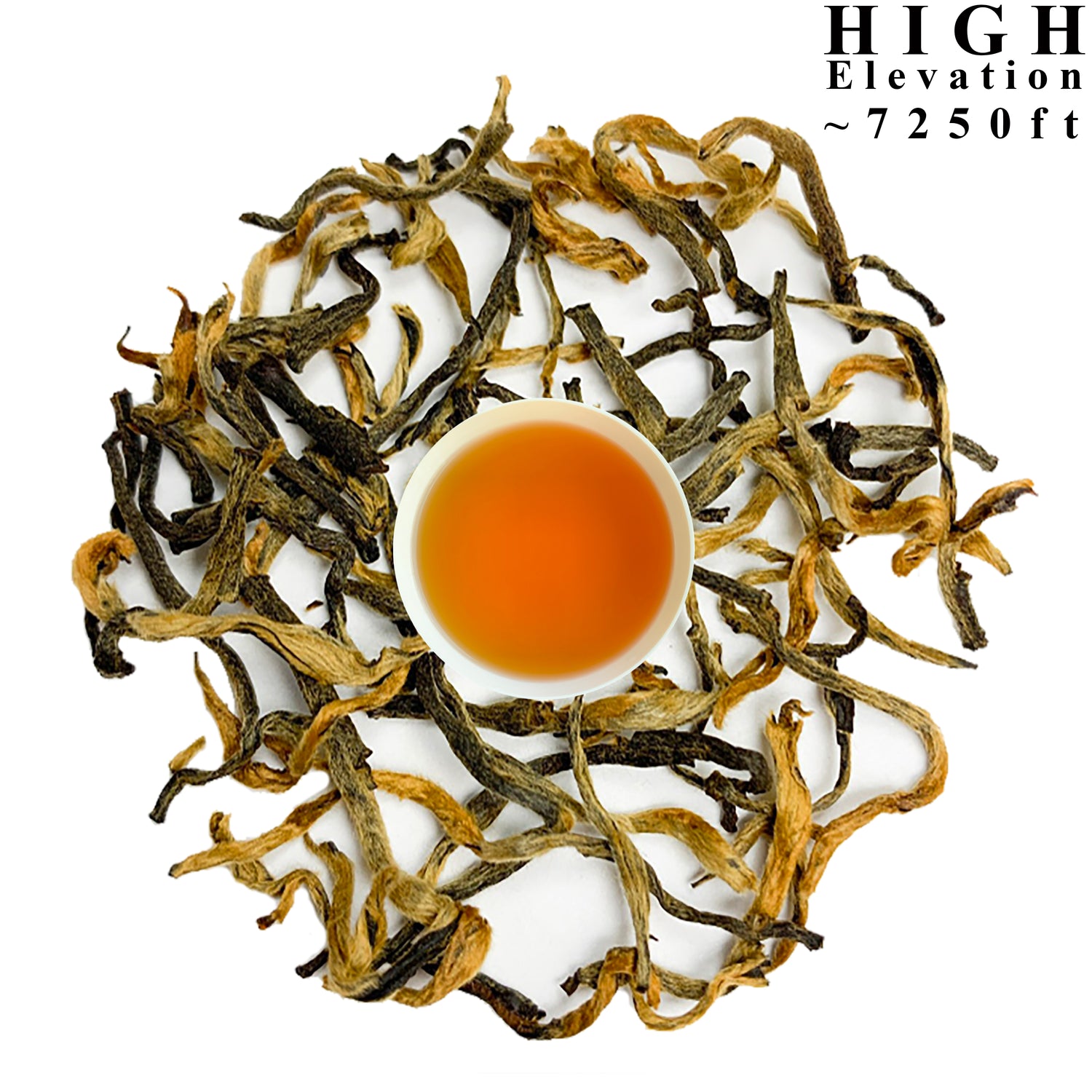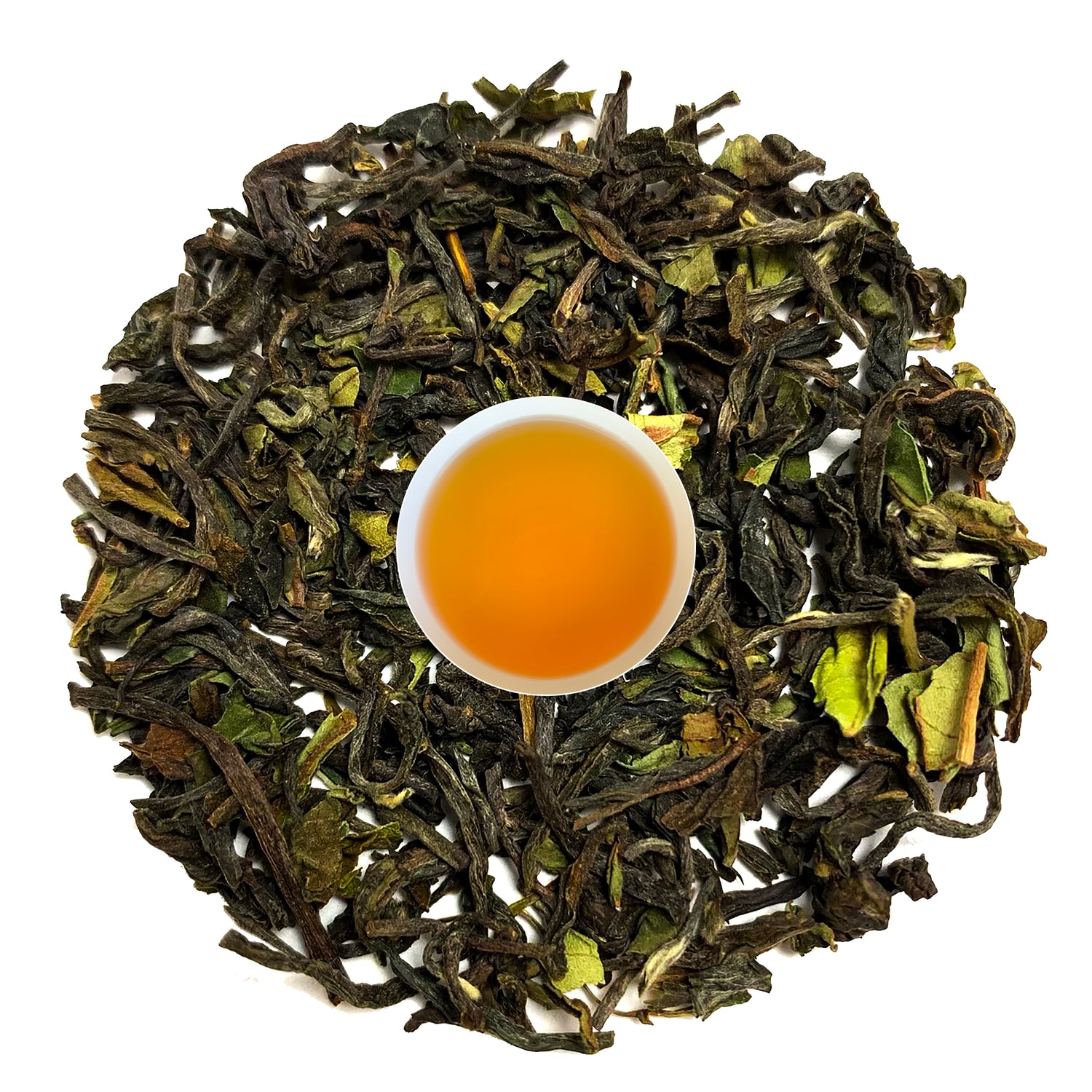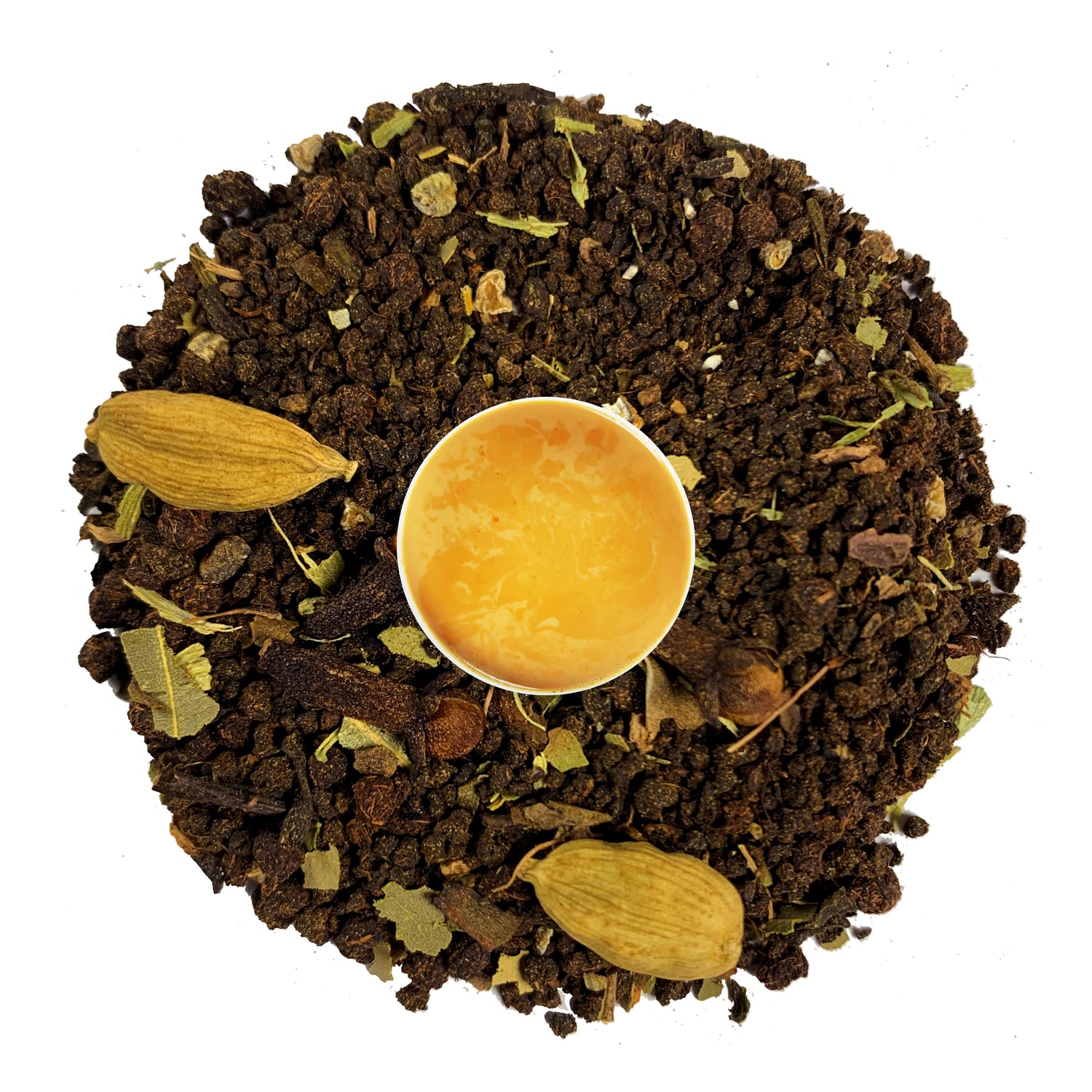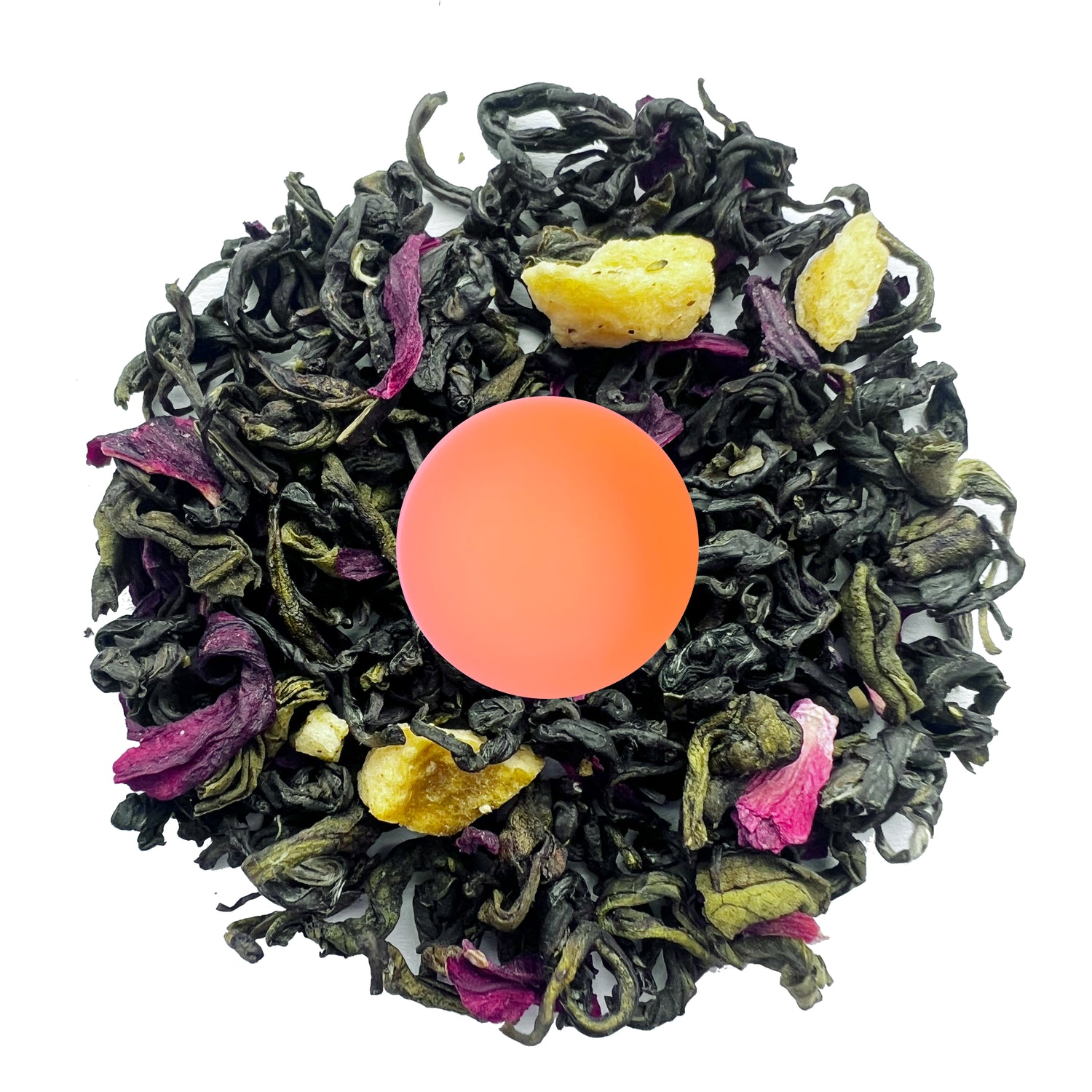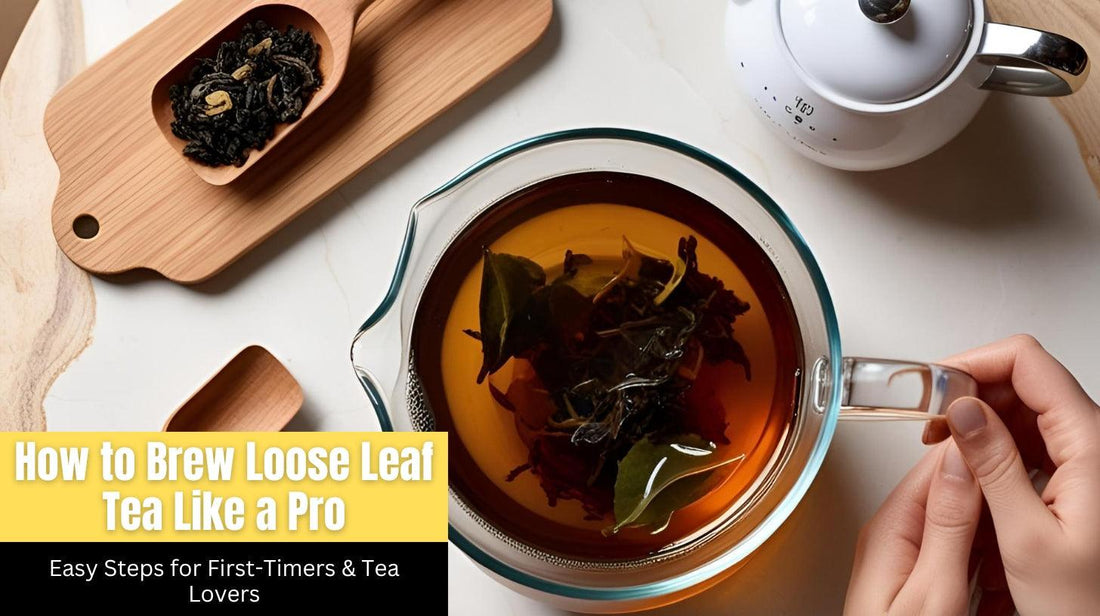
How to Brew Loose Leaf Tea Like a Pro: A Beginner-Friendly Guide
So, you’ve decided to level up from tea bags to loose leaf tea—congratulations! You’re stepping into a world where flavor is richer, aromas are deeper, and the experience? Infinitely more satisfying.
But if you’re staring down that little tin of tea leaves wondering, “Now what?”, you’re not alone.
Brewing loose leaf tea might seem intimidating at first, but don’t worry. We’re going to break it down, step-by-step. Think of this as your tea initiation—without the secret handshake.
Why Loose Leaf Tea is Worth It
Before we dive into the "how," let’s talk about the “why.” Why bother with loose leaf tea when tea bags are so convenient?
1. Flavor That Pops
Loose leaf tea is often made from whole or larger pieces of leaves, which means better flavor extraction. Tea bags, by contrast, are usually filled with tea dust or fannings—leftover bits that steep quickly but lack complexity.
2. More Health Benefits
With higher quality leaves, you get more antioxidants, polyphenols, and nutrients. Whether you’re sipping green, black, or herbal tea, you’ll absorb more goodness.
3. It’s Just More Fun
There’s something ritualistic—and dare we say romantic—about measuring out your tea leaves, boiling water, and watching your tea unfurl as it steeps. It slows you down, and in this fast-paced world, that’s a win.
The Essentials You’ll Need
You don’t need a fancy tea lab to get started—just a few simple tools:
Teapot or Mug Infuser
Go for a teapot with a built-in infuser or a mesh infuser ball for your mug. Glass teapots are great for watching the leaves dance.
Tea Scoop or Spoon
A dedicated tea scoop helps measure your leaves, but a regular teaspoon works too.
Kettle (Preferably With Temperature Control)
Different teas need different water temperatures (more on that soon). A variable temperature kettle is a game-changer.
Timer
Your phone’s timer will do just fine. Over-steeping can ruin a good cup, so timing matters.
Step-by-Step: How to Brew Loose Leaf Tea Like a Pro
Ready? Let’s brew!
Step 1: Measure Your Tea
The golden rule: 1 teaspoon of tea per 8-ounce cup.
However, some teas are fluffier (like white tea), and some are denser (like rolled oolongs), so you may need to adjust. Don’t be afraid to experiment until you find your sweet spot.
Step 2: Heat the Water (But Don’t Boil Everything!)
Each tea type has its happy place when it comes to water temperature:
|
Tea Type |
Water Temp |
|
Green Tea |
160–180°F (71–82°C) |
|
White Tea |
170–185°F (77–85°C) |
|
Oolong Tea |
185–205°F (85–96°C) |
|
Black Tea |
200–212°F (93–100°C) |
|
Herbal/Tisanes |
212°F (100°C) |
Boiling water can scorch delicate teas like green and white, turning them bitter. So if you don’t have a temperature-controlled kettle, just let boiled water sit for 1–2 minutes before pouring.
Step 3: Steep It Right
Steeping time is just as important as water temp. Here's a quick guide:
|
Tea Type |
Steeping Time |
|
Green Tea |
1–3 minutes |
|
White Tea |
4–5 minutes |
|
Oolong Tea |
3–5 minutes |
|
Black Tea |
3–4 minutes |
|
Herbal/Tisanes |
5–7 minutes |
Pro Tip: Taste as you go. Like your tea stronger? Steep a bit longer next time, or just add more leaves rather than over-steeping.
Step 4: Strain and Sip
Once your timer’s up, remove the leaves (or lift the infuser), give it a stir, and enjoy your perfectly brewed cup.
If your tea turned out bitter or too weak, tweak your time, temp, or leaf quantity next round. Brewing is part science, part art.
Tea Type Spotlight: What Should You Try First?
Here are some beginner-friendly options that taste amazing and are hard to mess up:
1. Golden Tips Black Tea
A bold, smooth black tea that’s perfect for early mornings. Rich in flavor and totally energizing.
Shop Golden Tips Black Tea
2. Himalayan Green Tea
Light, grassy, and refreshing—perfect for sipping all day.
Try Himalayan Green Tea
3. Lemongrass Ginger Herbal Tea
Caffeine-free and soothing with zesty lemon and ginger notes. Great for evening wind-downs or tummy troubles.
Explore Lemongrass Ginger Herbal Tea
Ready to upgrade your tea game?
Browse our curated selection of premium loose leaf teas at DanfeTea.com.
Whether you're craving calm, focus, or flavor, we've got a tea that’s just your cup of... well, tea.
Final Thoughts: Your Tea Journey Starts Here
Brewing loose leaf tea isn’t complicated—it’s joyful. It’s one of those small rituals that turns an ordinary moment into something mindful and cozy.
So take your time. Experiment. Sip slowly. Whether you’re chasing caffeine in the morning or calm in the evening, there’s a loose leaf tea for every moment—and DanfeTea.com has some of the best to explore.
FAQs: Loose Leaf Tea for Beginners
1. Is loose leaf tea better than bagged tea?
In most cases, yes. Loose leaf tea is fresher, higher quality, and offers better flavor and aroma.
2. Do I need a fancy teapot to brew loose leaf tea?
Nope! A simple infuser ball or basket works just fine in your regular mug.
3. How long do tea leaves last?
Stored properly (cool, dark, airtight), most teas stay fresh for up to 12–24 months. Herbal teas may have a shorter shelf life due to oils.
4. Can I reuse my tea leaves?
Yes! Many loose leaf teas—especially oolong and green—can be re-steeped 2–3 times. Just slightly increase the steeping time with each brew.

